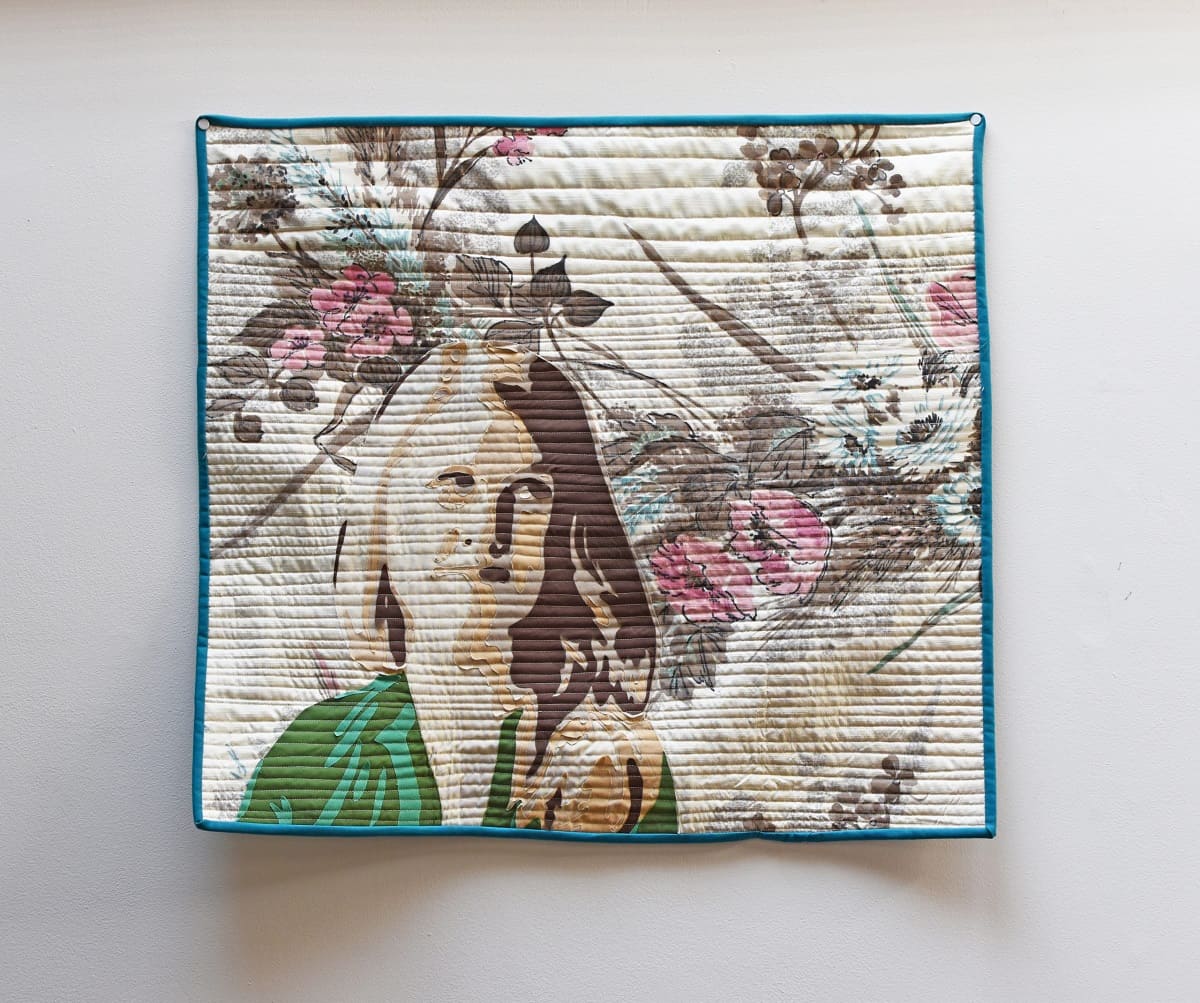

Articles
How To Make A Portrait Quilt
Modified: January 5, 2024
Learn the art of creating stunning portrait quilts with our articles. Discover step-by-step techniques and tips from expert quilters. Start making your own unique masterpiece today!
(Many of the links in this article redirect to a specific reviewed product. Your purchase of these products through affiliate links helps to generate commission for Storables.com, at no extra cost. Learn more)
Introduction
Welcome to the wonderful world of quilt making! Quilting is not only a beloved traditional craft but also a means of expressing creativity and personal style. If you’re looking to embark on a unique and meaningful quilting project, why not try making a portrait quilt? A portrait quilt is a beautiful way to capture the essence and likeness of a loved one, a pet, or even a favorite scenery.
In this article, we will explore the step-by-step process of creating a stunning portrait quilt. From gathering materials and selecting the perfect photograph to cutting the fabric and adding intricate embellishments, we’ll cover all the essential techniques required to bring your vision to life.
But before we jump into the technique, let’s take a moment to appreciate the artistry behind portrait quilts. While traditional quilts are often made up of geometric patterns and vibrant colors, portrait quilts require a different approach. They call for a more intricate design that mimics shading and texture, resulting in a quilt that resembles a painted or drawn portrait.
Creating a portrait quilt is not only a labor of love, but it also requires careful attention to detail and a keen eye for capturing the subject’s unique features. It’s a way to immortalize a special moment or person and turn it into a cherished keepsake that can be passed down through generations.
Now that we have a clear understanding of what a portrait quilt entails, let’s dive into the first step: gathering the necessary materials and supplies.
Key Takeaways:
- Creating a portrait quilt is a labor of love that requires patience, attention to detail, and a keen eye for capturing the subject’s unique features. It’s an opportunity to immortalize special moments and turn them into cherished keepsakes.
- From gathering materials and selecting the perfect photograph to cutting the fabric and adding intricate embellishments, making a portrait quilt is a rewarding journey that allows you to combine artistic expression, fabric, and memories into a meaningful masterpiece.
Read more: How To Make A Quilt
Gathering Materials and Supplies
Before you begin your portrait quilt project, it’s essential to gather all the necessary materials and supplies. Here’s a checklist to help you get started:
- Fabric: Select high-quality fabrics in a variety of colors and textures. Choose fabrics that will complement the colors and tones in your portrait. Cotton and quilting fabrics are ideal for creating a quilt, as they are easy to work with and durable.
- Photograph: Choose a clear and high-resolution photograph as your reference. The photograph should capture the details and expressions that you want to replicate in your quilt. Ensure that the photograph is large enough to see the fine details, especially if you plan to enlarge the image.
- Fabric Markers: These markers will be used to transfer the image onto the fabric. Opt for markers that are specifically designed for fabric, as they are washable and will not bleed or fade.
- Quilting Batting: This is the middle layer of your quilt that provides warmth and insulation. Choose a batting that suits the desired thickness and warmth level of your quilt.
- Thread: Select thread colors that match the colors in your quilt and are appropriate for machine or hand quilting.
- Quilt Backing: This is the fabric that forms the back of your quilt. Choose a fabric that complements your quilt top and is large enough to accommodate the quilt’s size.
- Quilting Needles: Depending on the type of quilting you’ll be doing, you may need hand sewing or machine sewing needles.
- Rotary Cutter and Cutting Mat: These tools are essential for precise fabric cutting. Make sure to have a sharp rotary cutter and a self-healing cutting mat to protect your surfaces.
- Ruler and Stencil: These tools will help you measure and mark the fabric accurately. A clear acrylic ruler and stencils with different shapes and sizes are recommended.
- Pins and Clips: These will be used to hold the fabric layers together while quilting. Choose pins and clips that are suitable for quilting and won’t damage the fabric.
Once you have gathered all the necessary materials and supplies, you are ready to move on to the next step: choosing and preparing the photo or image for your portrait quilt.
Choosing and Preparing the Photo/Image
Choosing the right photo or image for your portrait quilt is crucial, as it serves as the foundation for recreating the likeness and capturing the essence of your subject. Here are some considerations to keep in mind:
- Select a clear and high-resolution image: The details and clarity of the image will greatly influence the quality of your quilt. Choose a photo that is sharp, well-lit, and captures the subject in a flattering and meaningful way.
- Consider the size and orientation: Determine the desired size and orientation of your quilt before selecting the photo. If you plan to create a larger quilt, choose a high-resolution image that can be enlarged without losing clarity.
- Focus on the subject’s features: Look for a photo that highlights the subject’s distinct features, such as their eyes, facial expressions, or unique characteristics. These details will bring life and personality to your quilt.
- Background and colors: Take into account the colors and background elements of the photo. Consider how they will translate into fabric and whether they complement the overall composition of your quilt.
- Edit and crop the image if necessary: Once you have chosen a photo, you may need to edit or crop it to enhance certain features or remove distractions. Use photo editing software or consult a professional if you are unsure how to make these adjustments.
- Print a reference copy: Once you are satisfied with the photo selection and editing, print a reference copy of the image to have on hand throughout the quilting process. This will serve as your guide for color matching and recreating the details on fabric.
After selecting and preparing the photo or image, you can move on to the next step: creating the quilt pattern. This step involves transferring the image onto fabric and breaking it down into manageable sections for quilting. Stay tuned for our next section to learn more about this exciting process!
Creating the Quilt Pattern
Creating a quilt pattern for your portrait quilt is a crucial step in translating the image onto fabric. This process involves breaking down the photo or image into smaller, manageable sections and creating templates or patterns for each section. Here’s how to create the quilt pattern:
- Divide the image: Analyze your photo and identify distinct sections or areas that can be quilted separately. These could include the face, hair, clothing, and background.
- Create templates or patterns: Using tracing paper or thin cardboard, trace the outline of each section onto the template. This will act as your pattern for cutting the fabric pieces.
- Add seam allowance: Once you’ve traced the sections, add a seam allowance of around 1/4 inch to each side. This will ensure that your fabric pieces have enough room for sewing and joining.
- Label and organize: To keep track of each section, label the templates accordingly. You can use numbers or letters to indicate the order and placement of the sections.
- Consider color and shading: Analyze the image for color variations and shading. Decide on the fabric colors and textures that will best recreate these nuances. You may need to experiment with different fabrics or use fabric markers to achieve the desired effect.
- Test the pattern: Before cutting all the fabric pieces, it’s a good idea to test your pattern on a smaller scale. Create a mini-quilt or a fabric sample using scraps to ensure that your pattern accurately captures the details and proportions of the photo.
Creating the quilt pattern is a crucial step that allows you to plan and visualize the quilt’s design. It ensures that you have a clear roadmap for cutting and assembling the fabric pieces. Once you are satisfied with your quilt pattern, you’re ready to move on to the next step: cutting and preparing the fabric.
Cutting and Preparing the Fabric
Now that you have a well-designed quilt pattern, it’s time to bring it to life by cutting and preparing the fabric. This step requires precision and attention to detail to ensure that your fabric pieces fit together seamlessly. Here’s how to cut and prepare the fabric for your portrait quilt:
- Gather the fabric: Retrieve the fabrics you selected for each section of your quilt pattern, making sure they match the colors and textures you desire.
- Iron the fabric: Begin by pressing the fabric to remove any wrinkles or creases. This will make it easier to cut accurately and will yield cleaner edges on your fabric pieces.
- Transfer the pattern: Place the template for each section onto the corresponding fabric piece. Use fabric markers or chalk to trace the pattern onto the fabric. Make sure to include any necessary markings for alignment or reference.
- Cut out the fabric pieces: Using sharp scissors or a rotary cutter, carefully cut along the traced lines, following the shape and contours of each section. Take your time to ensure clean and accurate cuts.
- Organize the fabric pieces: As you cut out each fabric piece, set them aside and organize them according to the labeled sections of your quilt pattern. This will make it easier to assemble the quilt later on.
- Trim excess fabric: Once your fabric pieces are cut, trim any excess fabric or seam allowances to achieve precise edges and a clean finish. This step will help ensure that your fabric pieces fit together accurately during assembly.
When cutting and preparing your fabric, it’s essential to work methodically and accurately. Taking your time and paying close attention to the details will result in a well-crafted quilt. Once your fabric pieces are cut and prepared, you’re ready to move on to the next step: assembling the quilt blocks.
When creating a portrait quilt, start by choosing a high-quality photo with good lighting and clear details. Use a variety of fabric textures and colors to add depth and dimension to the portrait.
Read more: How To Make A Quilt Rack
Assembling the Quilt Blocks
The process of assembling the quilt blocks is where your portrait quilt really starts to take shape. By carefully piecing together the fabric sections, you’ll begin to see the image emerge. Here’s a step-by-step guide to help you successfully assemble your quilt blocks:
- Refer to your quilt pattern: Take out your quilt pattern and refer to it to determine the order in which the fabric sections should be assembled. This will ensure that the image comes together seamlessly.
- Lay out the fabric pieces: Arrange the cut fabric pieces for each quilt block according to your pattern. This will give you a visual representation of how the blocks will look once they’re sewn together.
- Start with one block at a time: Begin by working on one quilt block at a time. Take the first fabric section and match it with the adjacent section, right sides facing together.
- Pin and sew the sections together: Use quilting pins to secure the sections in place and then sew them together using a 1/4 inch seam allowance. Take your time to ensure that the seams are straight and aligned.
- Press the seams: Once the sections are sewn together, press the seams open or to one side using an iron. This will help the quilt lie flat and give your blocks a polished look.
- Repeat for all fabric sections: Continue working through your pattern, adding one fabric section at a time and sewing them together in the specified order. Remember to press each seam as you go along.
- Join the quilt blocks: Once you have assembled the individual quilt blocks, it’s time to join them together. Match the blocks according to your pattern, pin the seams, and sew them together to create the full portrait quilt top.
As you assemble your quilt blocks, take the time to ensure that each section fits together smoothly without any puckering or distortion. It’s important to be patient and meticulous during this stage to achieve the best possible result. Once your quilt blocks are assembled, you’re ready to move on to the next step: quilting and embellishing the portrait.
Quilting and Embellishing the Portrait
Quilting and embellishing your portrait quilt is where you can add depth, texture, and personal touches to bring the image to life. This step involves stitching layers together to create a quilt sandwich, as well as adding extra details and embellishments. Let’s explore how to quilt and embellish your portrait:
- Create the quilt sandwich: Lay your quilt top on a flat surface, followed by the batting and the quilt backing. Smooth out any wrinkles or folds and ensure that all layers are aligned and taut.
- Baste the layers: Use safety pins or temporary adhesive spray to baste the layers together. This will prevent shifting and ensure that the quilt remains secure during the quilting process.
- Select your quilting method: Decide whether you want to hand quilt or machine quilt your portrait. Hand quilting will give a more traditional, handmade look, while machine quilting can provide more intricate designs and faster results.
- Choose your quilting stitches: Determine the type of stitches you want to use for quilting. Common stitches include straight lines, large loops, meandering patterns, or custom designs to enhance specific areas of the portrait.
- Start quilting: Begin quilting by stitching along the main features of the portrait, such as the eyes, mouth, or important parts of the scene. Gradually work your way outwards, following the contours and details of the quilt pattern.
- Embellish with embroidery or appliqué: For added dimension and detail, consider incorporating embroidery or appliqué techniques. This could include stitching additional textures, adding accents, or enhancing specific elements of the portrait.
- Experiment with fabric painting: If you’re feeling adventurous, you could try fabric painting to enhance certain areas of the quilt. Use fabric-friendly paint to add subtle shading, highlights, or other artistic details.
- Consider beadwork or sequins: To add a touch of sparkle and interest, you might want to include beadwork or sequins in your quilt. These embellishments can highlight specific areas or bring attention to certain features of the portrait.
Quilting and embellishing your portrait quilt is your chance to add your personal artistic flair and make the quilt truly unique. Don’t be afraid to experiment and try different techniques to achieve the desired effect. Once you’re satisfied with the quilting and embellishments, you can move on to the final steps: adding finishing touches and binding the portrait quilt.
Finishing Touches and Binding
As you near the completion of your portrait quilt, it’s time to add the finishing touches and bind the edges. These final steps will give your quilt a polished and professional look. Here’s how to add those finishing touches and bind your portrait quilt:
- Trim the excess batting and backing: Carefully trim any excess batting and backing fabric from the edges of your quilt to create an even and neat edge.
- Square up the quilt: Use a ruler and rotary cutter to square up the quilt, ensuring that all sides are straight and even.
- Choose a binding fabric: Select a fabric for the binding that complements the colors and style of your quilt. Cut strips of fabric that are around 2.5 inches wide and long enough to go around the perimeter of your quilt.
- Prepare the binding: Sew the binding strips together at a 45-degree angle to create a continuous strip. Fold the strip in half lengthwise and press it to create a crease.
- Attach the binding: Starting in the middle of one side of your quilt, align the raw edges of the binding strip with the raw edges of the quilt. Pin or clip the binding in place and sew along the crease line.
- Miter the corners: When you reach the corners, stop sewing a 1/4 inch away from the edge. Fold the binding strip up, then back down, aligning it with the next side of the quilt. Continue sewing along the next side, repeating this process for all corners.
- Finish the binding: Once you’ve sewn all four sides, trim any excess binding, leaving a 1/4 inch overhang. Fold the binding over the raw edges of the quilt and hand-stitch it down using a blind stitch or ladder stitch.
- Final pressing and inspection: Give your completed quilt a final press with an iron to flatten any wrinkles or puckers. Take this opportunity to inspect the quilt for any loose threads or areas that may need touch-ups.
With the finishing touches and binding complete, your portrait quilt is now ready to be enjoyed and cherished. Step back and admire your hard work and artistic creation. Your unique quilt will serve as a lasting tribute to your loved ones or a beautiful piece of art that tells a story.
Congratulations on completing your portrait quilt! Now, go ahead and proudly display it or gift it to someone special. The process of making a portrait quilt is not only a labor of love but also an opportunity to explore your creativity and showcase your quilting skills. Enjoy the journey and feel proud of the masterpiece you have created!
Remember, creating a portrait quilt requires patience, attention to detail, and a passion for quilting. Each step, from gathering materials to adding the finishing touches, contributes to the overall beauty and impact of the final piece. So, embrace the process and let your creativity shine as you bring your portrait quilt to life!
Conclusion
Congratulations, you have successfully learned how to create a stunning portrait quilt! Throughout this journey, you have gathered materials, chosen and prepared the perfect photo, created a quilt pattern, cut and prepared the fabric, assembled the quilt blocks, quilted and embellished the portrait, and added the finishing touches with binding. The result is a one-of-a-kind work of art that captures the essence and beauty of your subject.
Making a portrait quilt is an act of love and creativity. It allows you to immortalize a special moment or person and turn it into a cherished keepsake. With careful attention to detail and a touch of artistic flair, your quilt can become a stunning representation of memories and emotions.
Remember, the process of creating a portrait quilt requires patience and dedication. Take your time and enjoy each step along the way. Allow yourself to experiment with different techniques and add personal touches that reflect your own style and vision.
Whether you choose to showcase your quilt as a wall hanging, snuggle under it as a cozy blanket, or gift it to a loved one, your portrait quilt will undoubtedly become a treasured heirloom. Each stitch tells a story, and the quilt itself is a testament to your creativity and quilting expertise.
So, don’t hesitate to explore the world of portrait quilting. Let your imagination soar and create a quilt that will be a source of joy and admiration for years to come. Whether you’re a seasoned quilter or new to the craft, making a portrait quilt is a rewarding experience that allows you to combine artistic expression, fabric, and memories into a meaningful masterpiece.
Now, grab your fabrics, choose a photo, and embark on your portrait quilt journey. Unleash your creativity and watch as your vision comes to life stitch by stitch. Happy quilting!
Frequently Asked Questions about How To Make A Portrait Quilt
Was this page helpful?
At Storables.com, we guarantee accurate and reliable information. Our content, validated by Expert Board Contributors, is crafted following stringent Editorial Policies. We're committed to providing you with well-researched, expert-backed insights for all your informational needs.
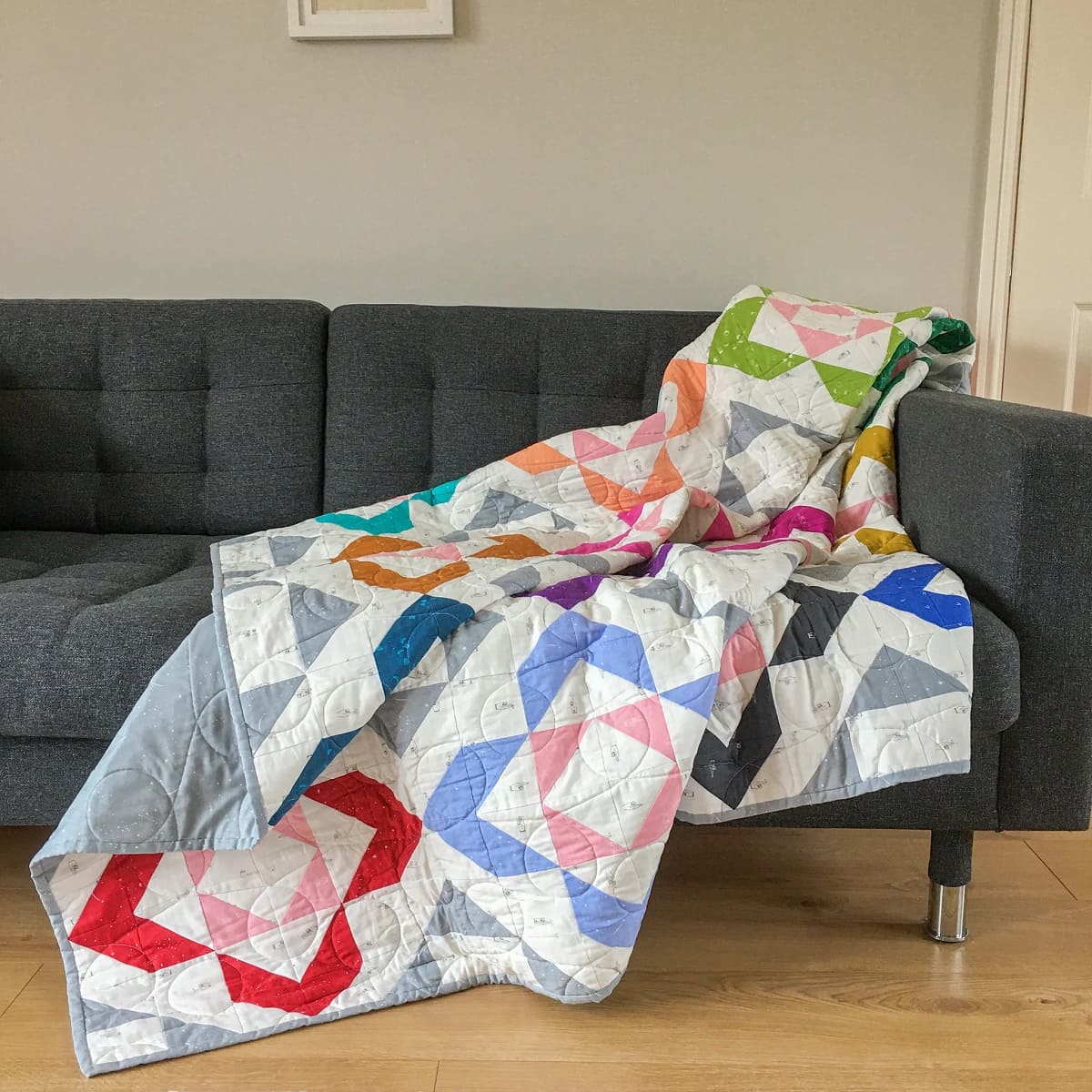
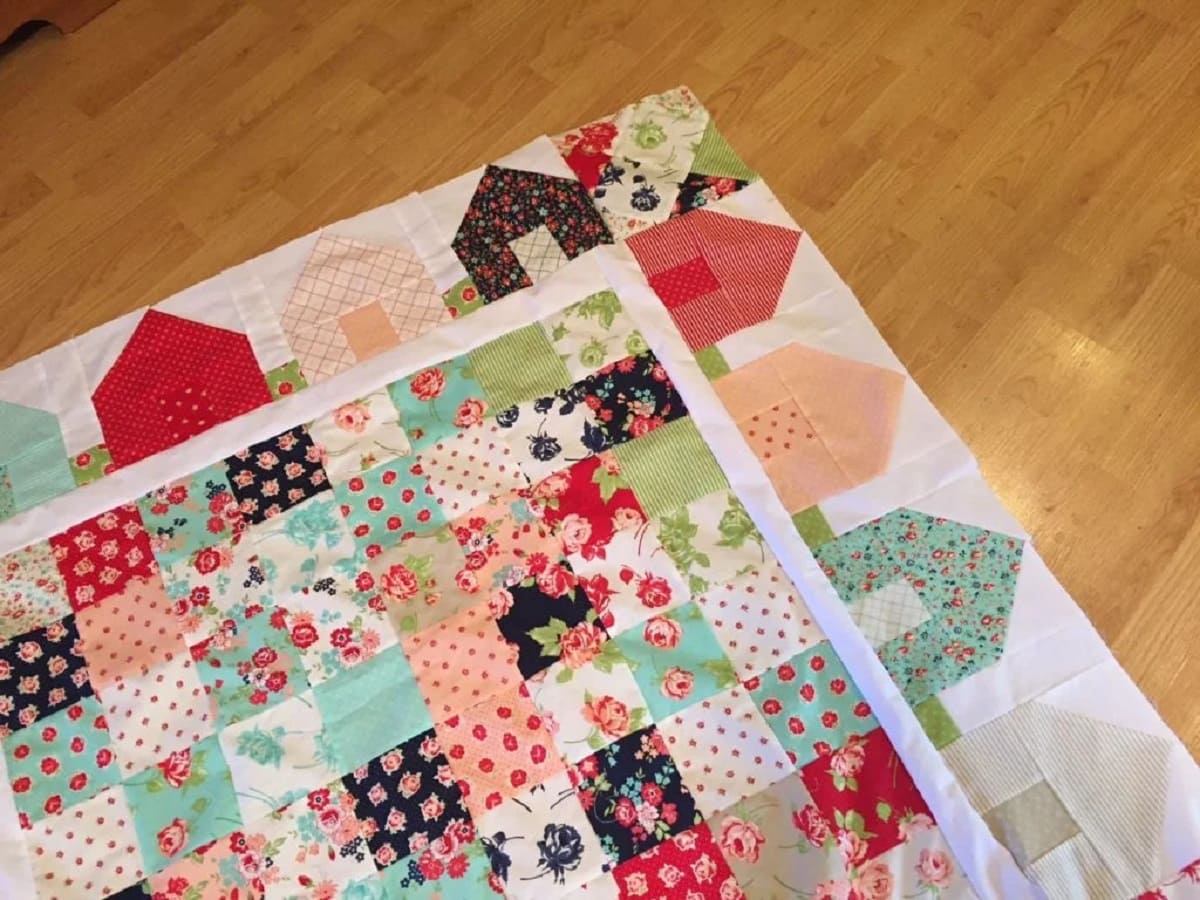
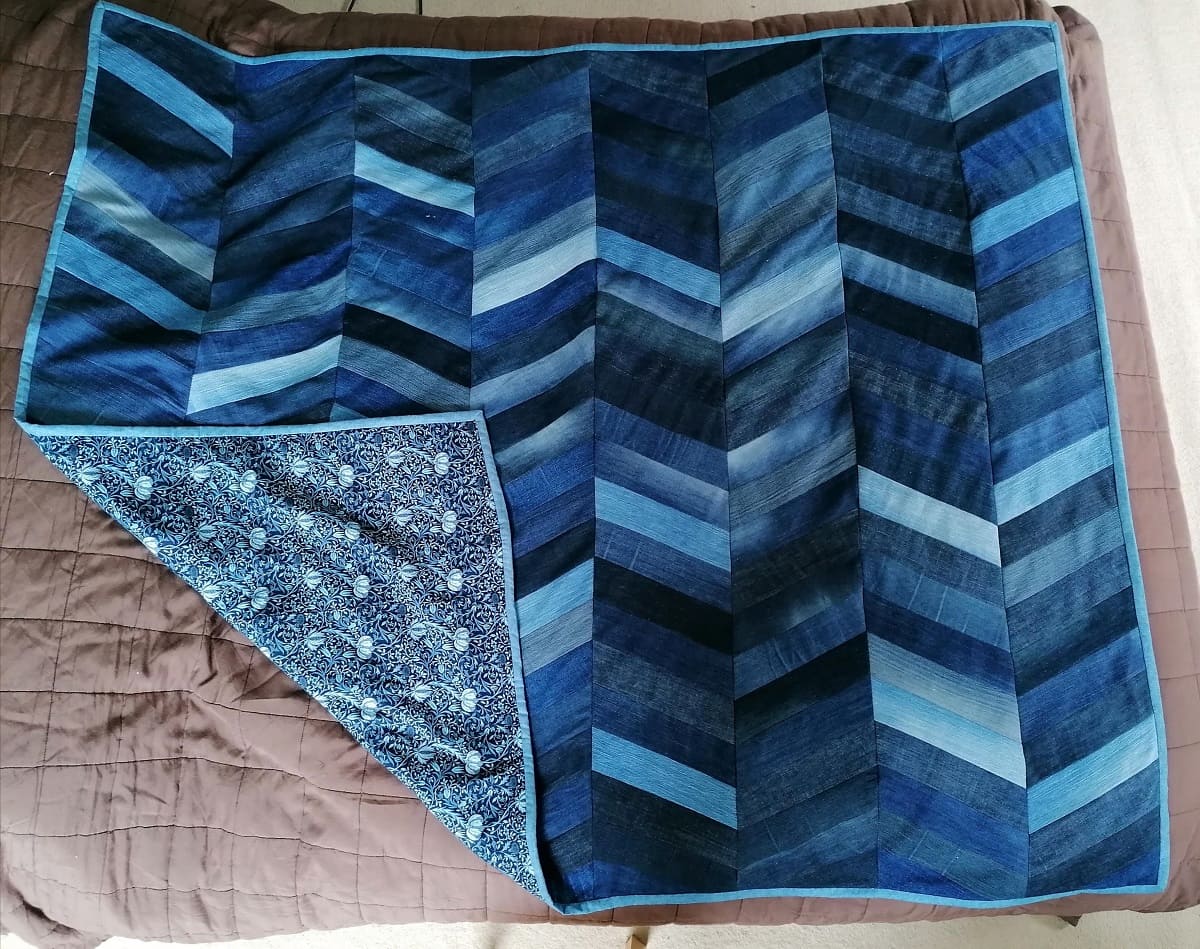
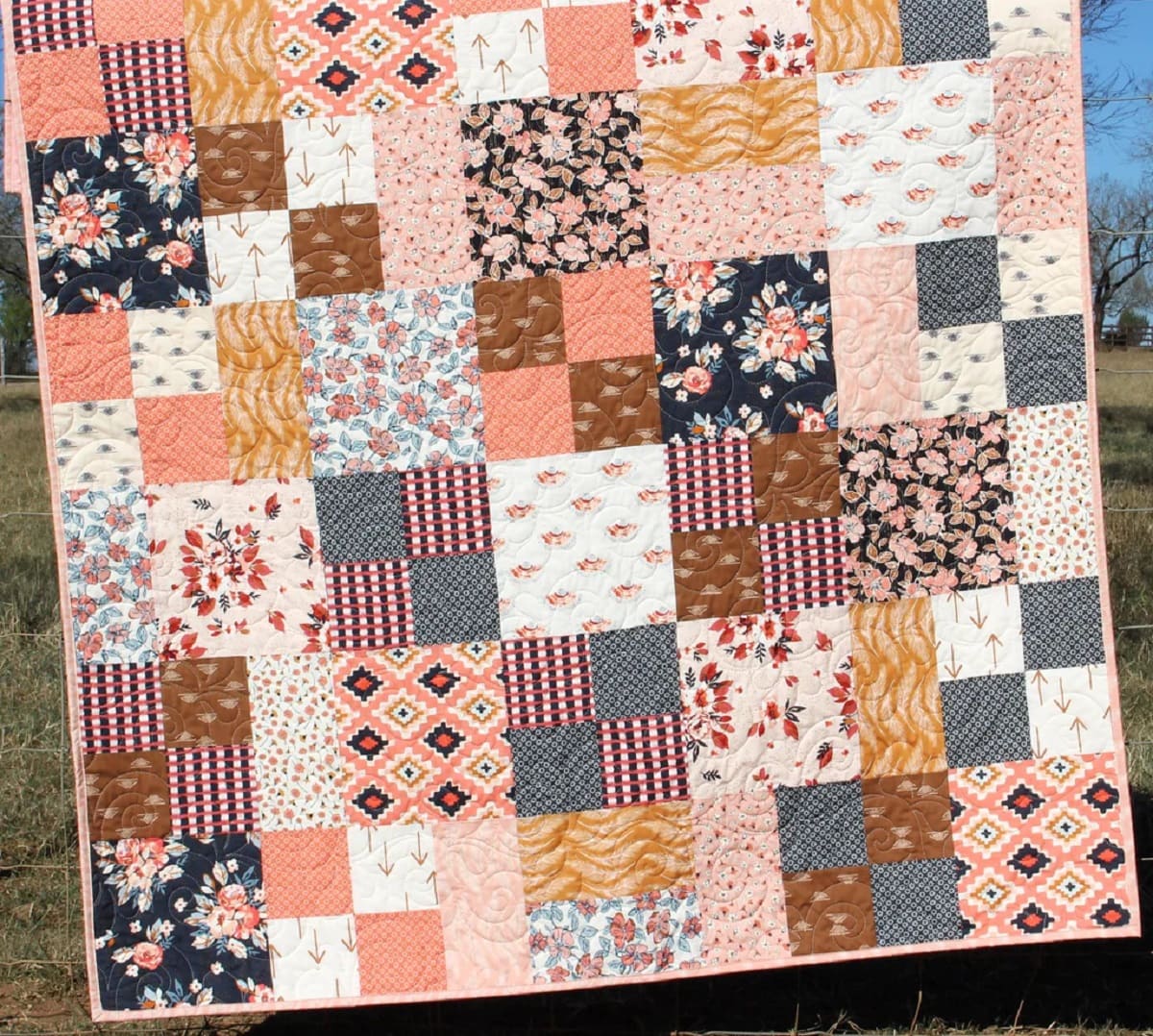
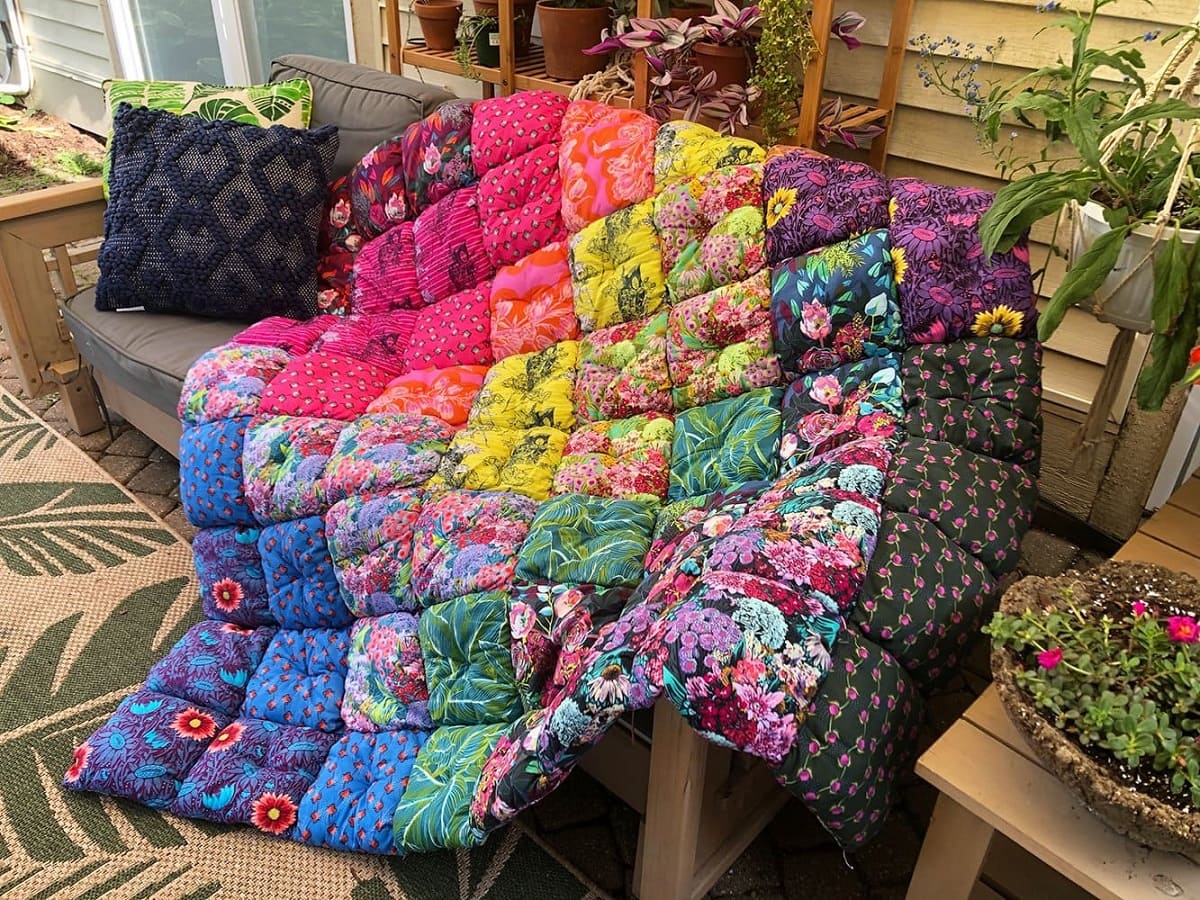
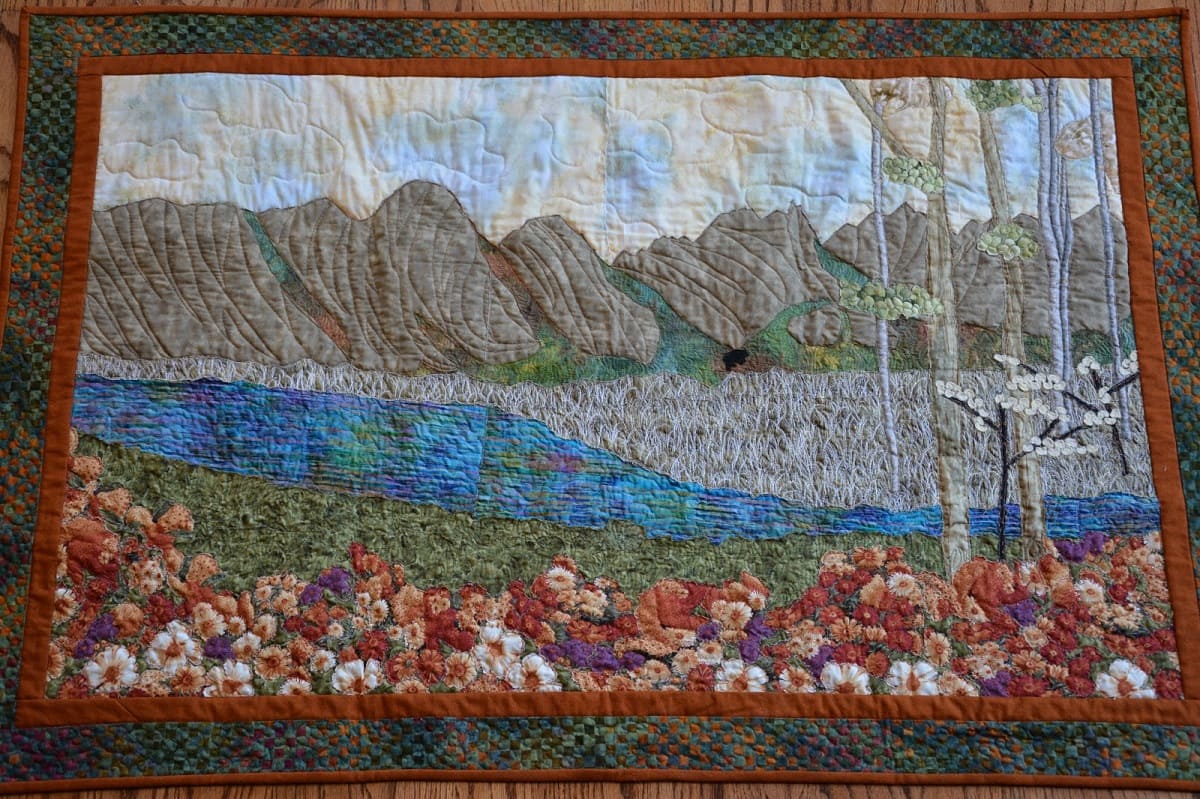
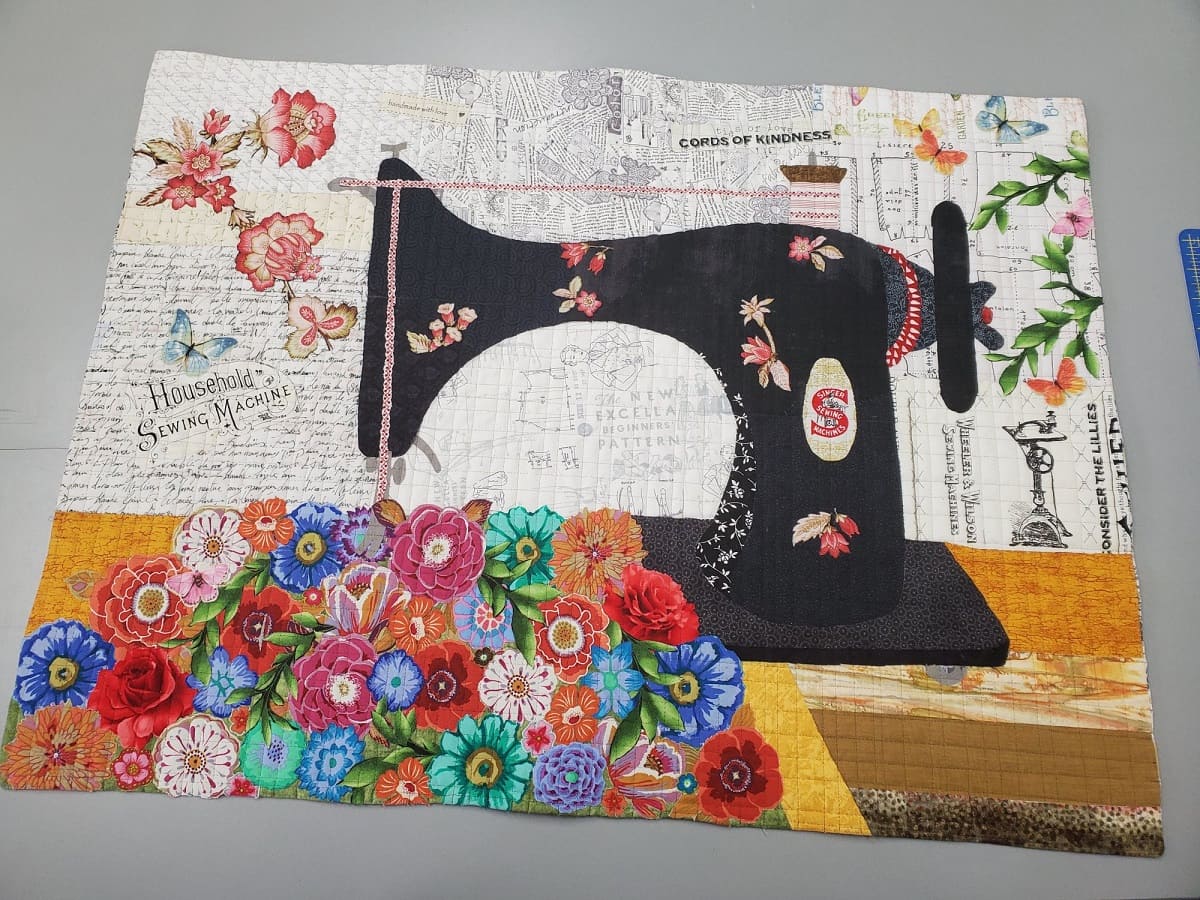
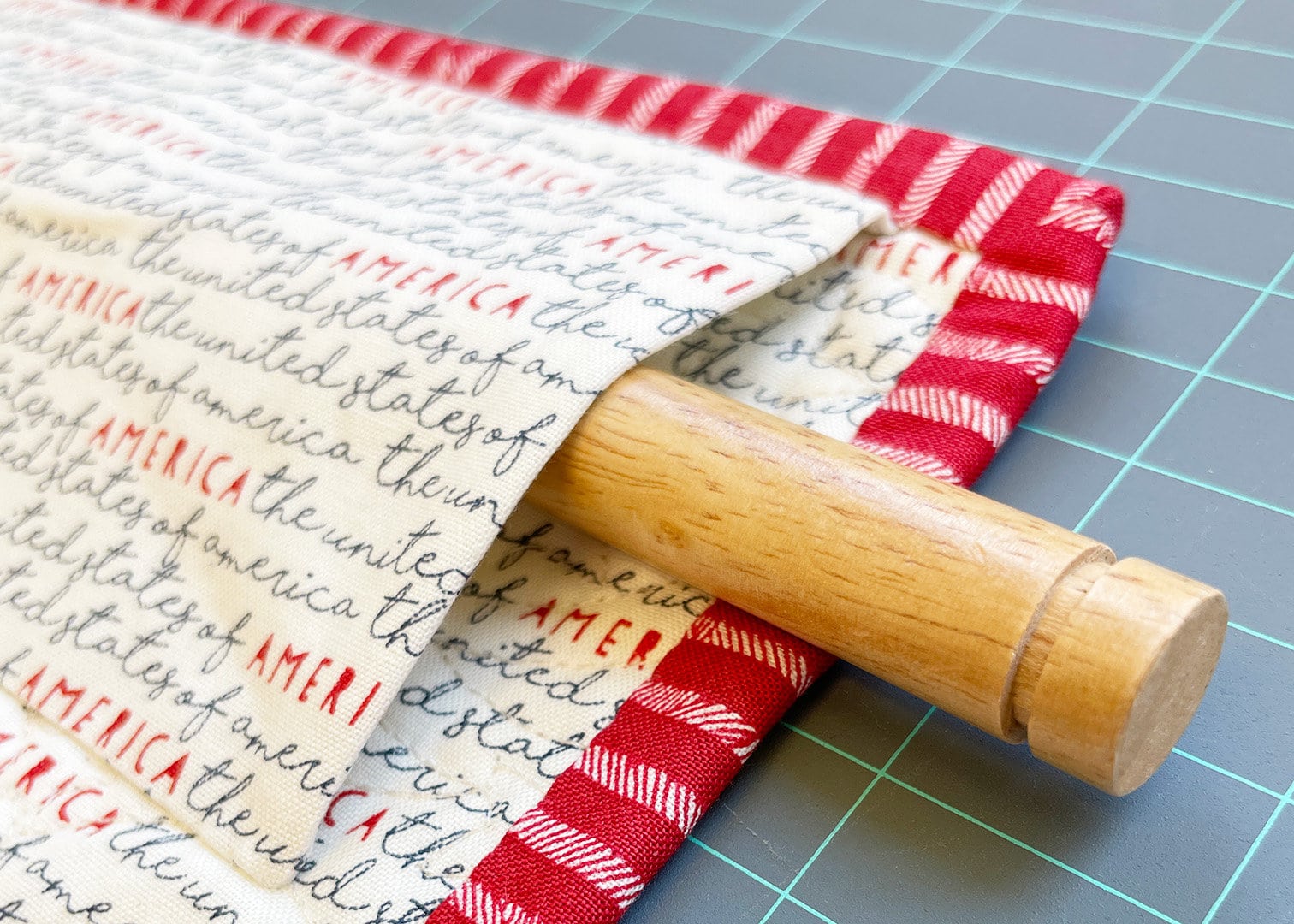
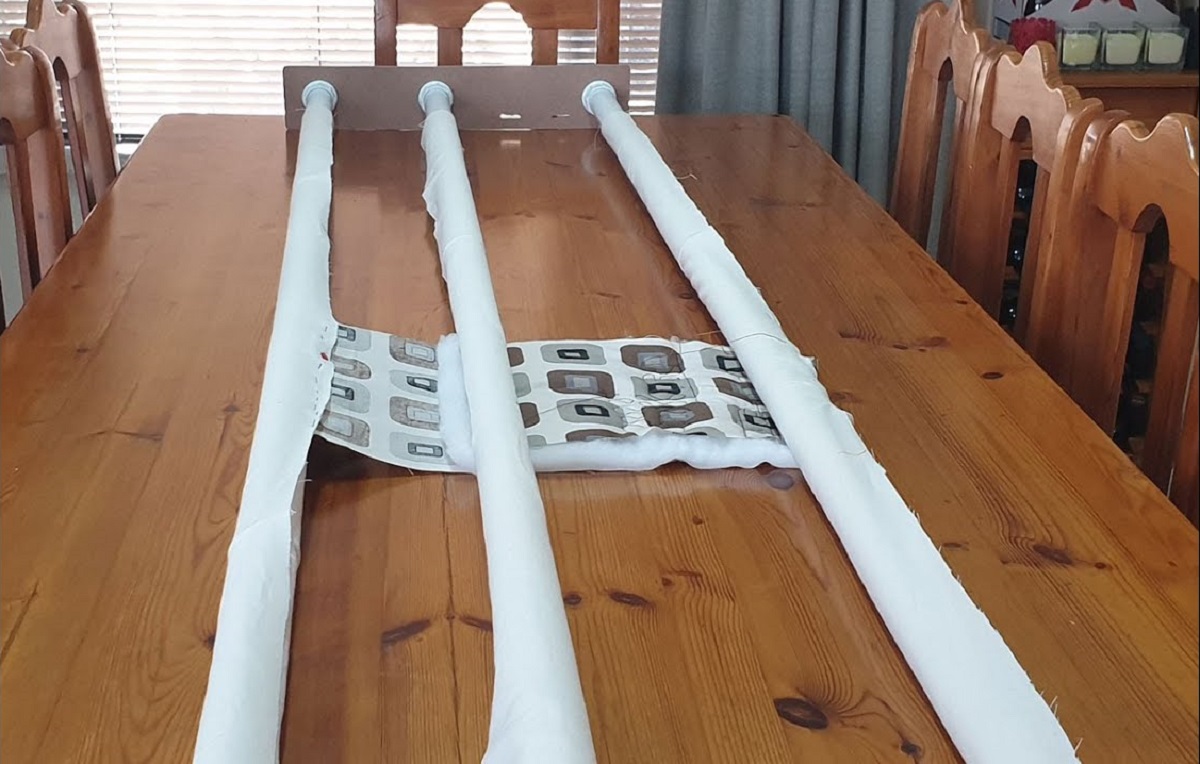
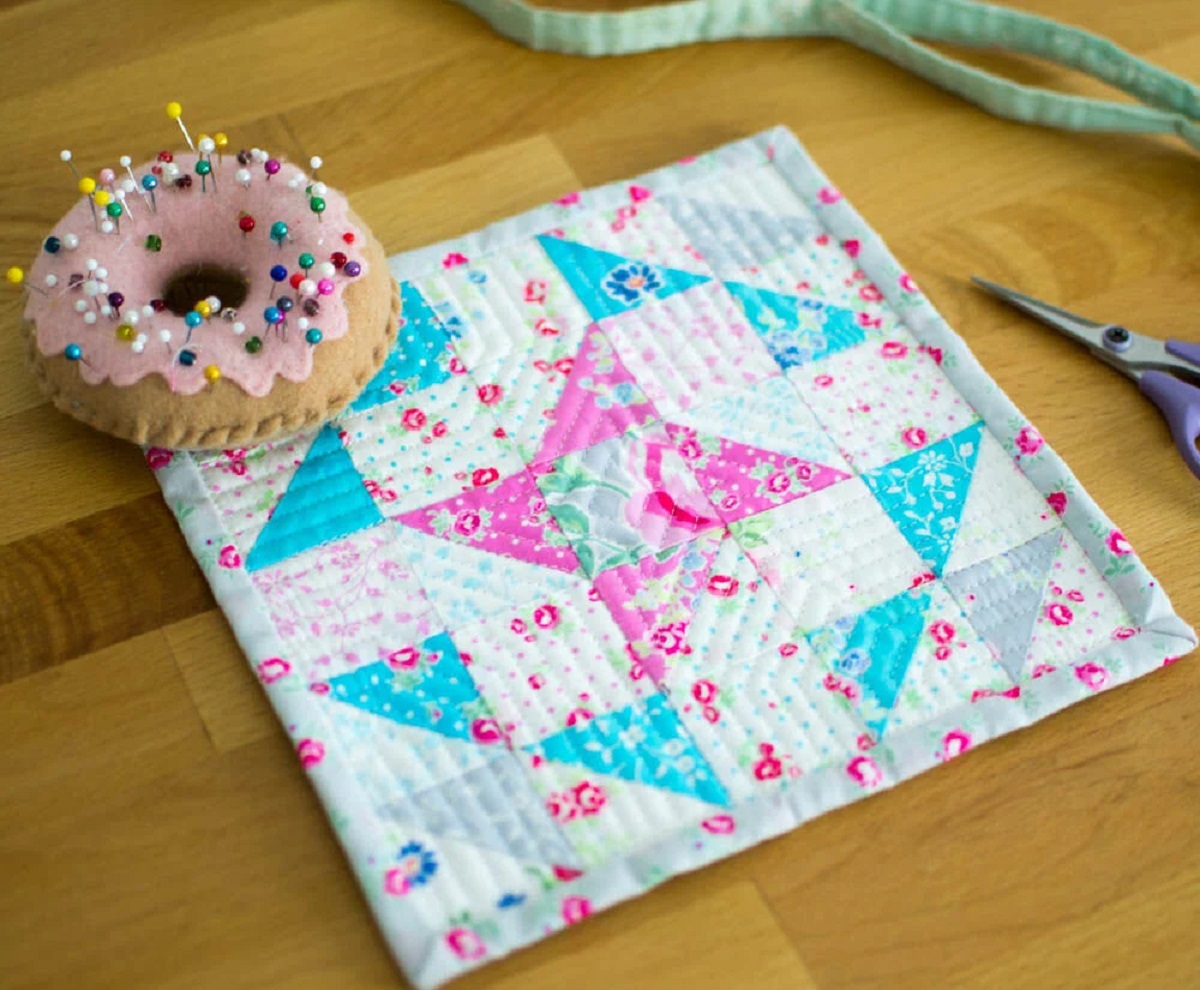
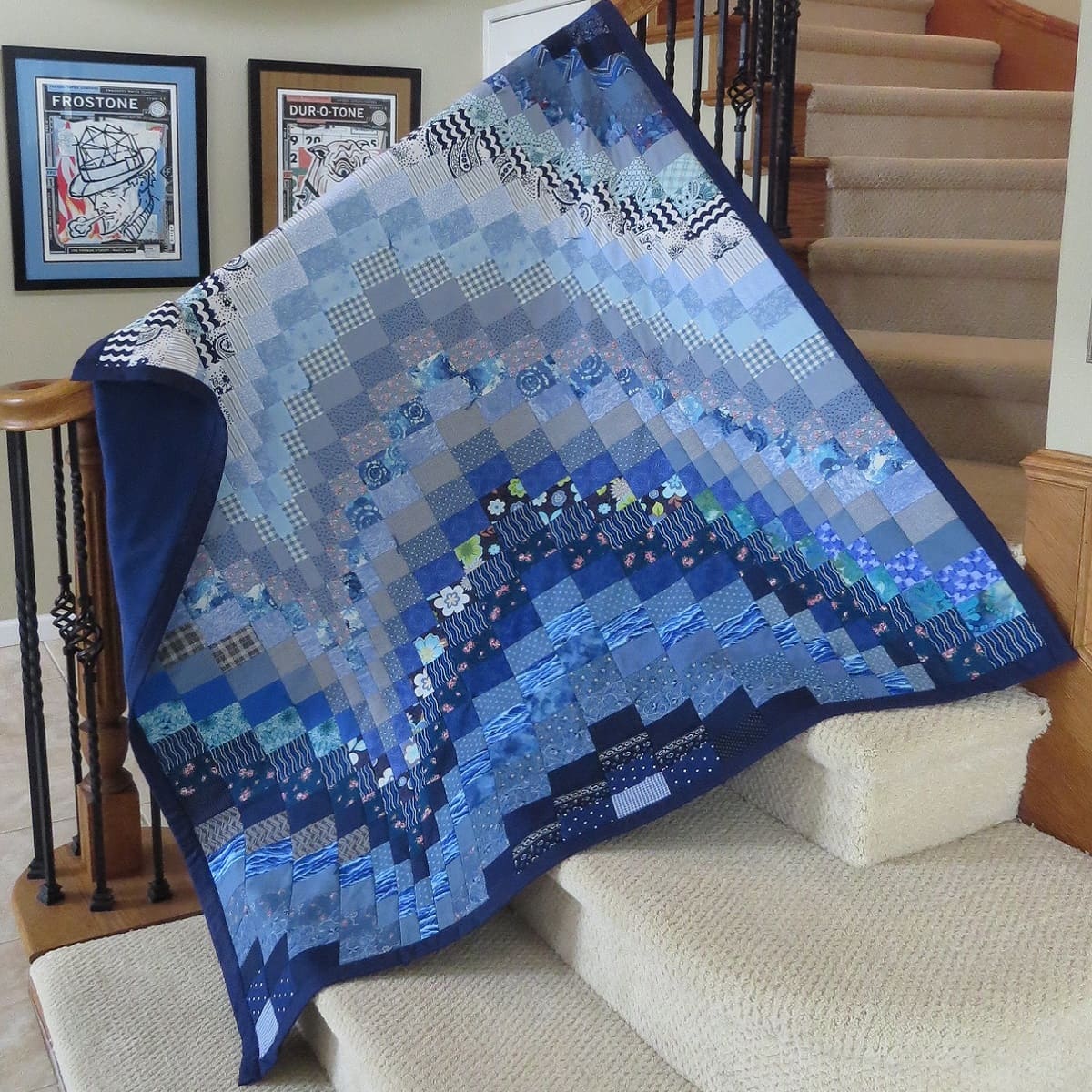
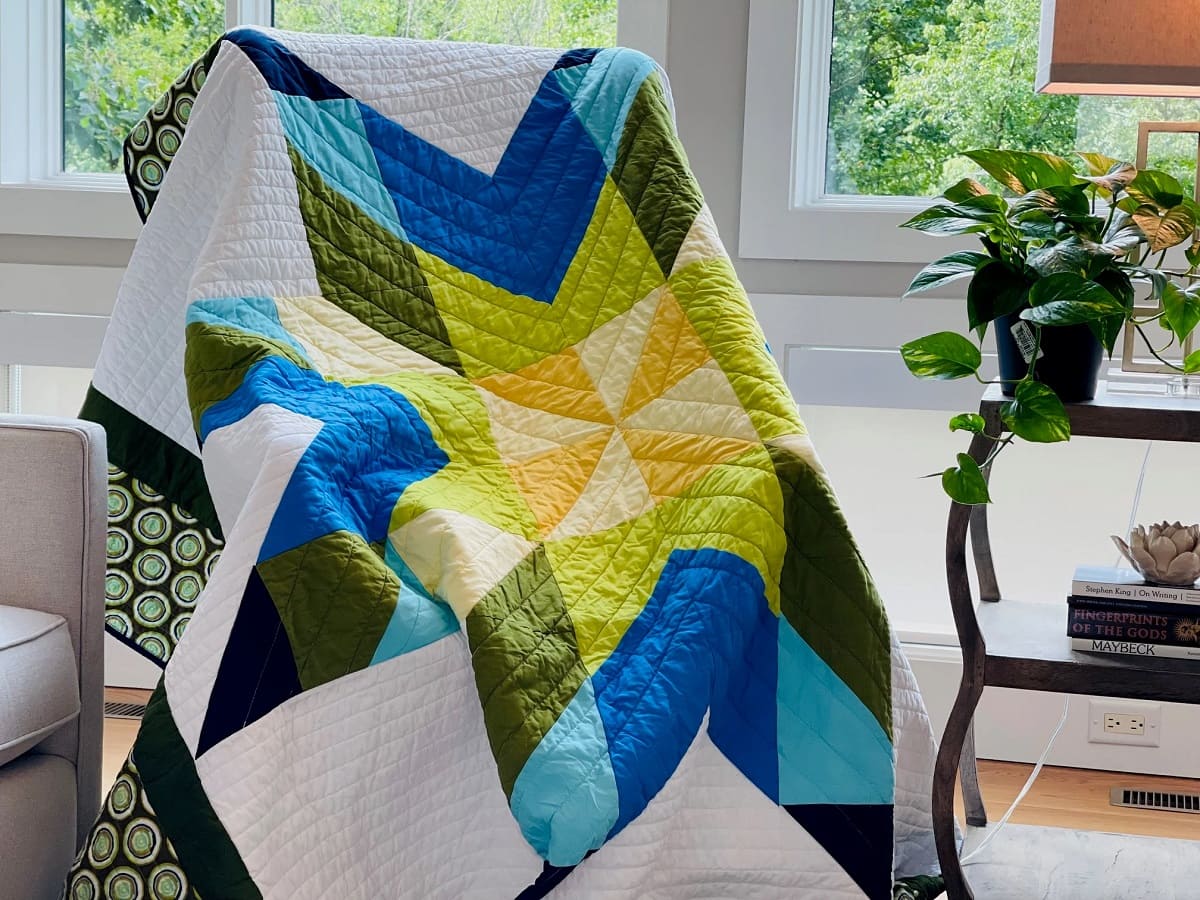
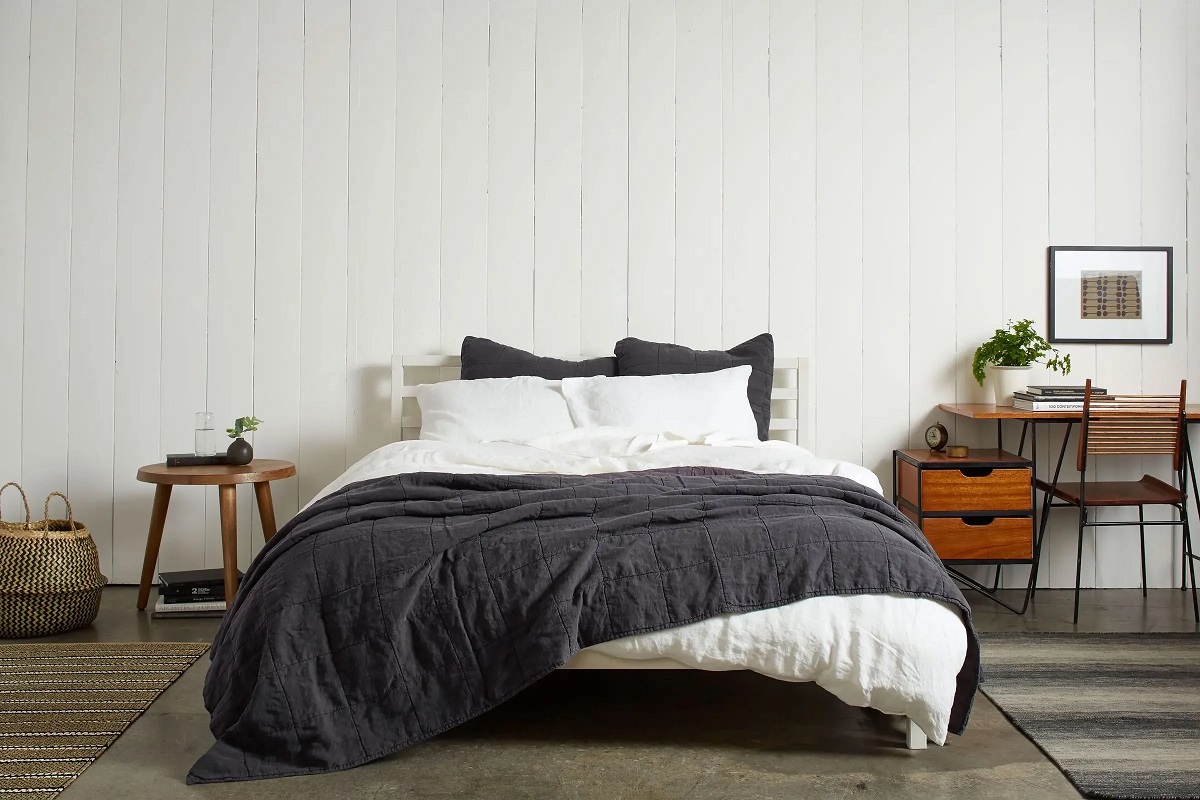
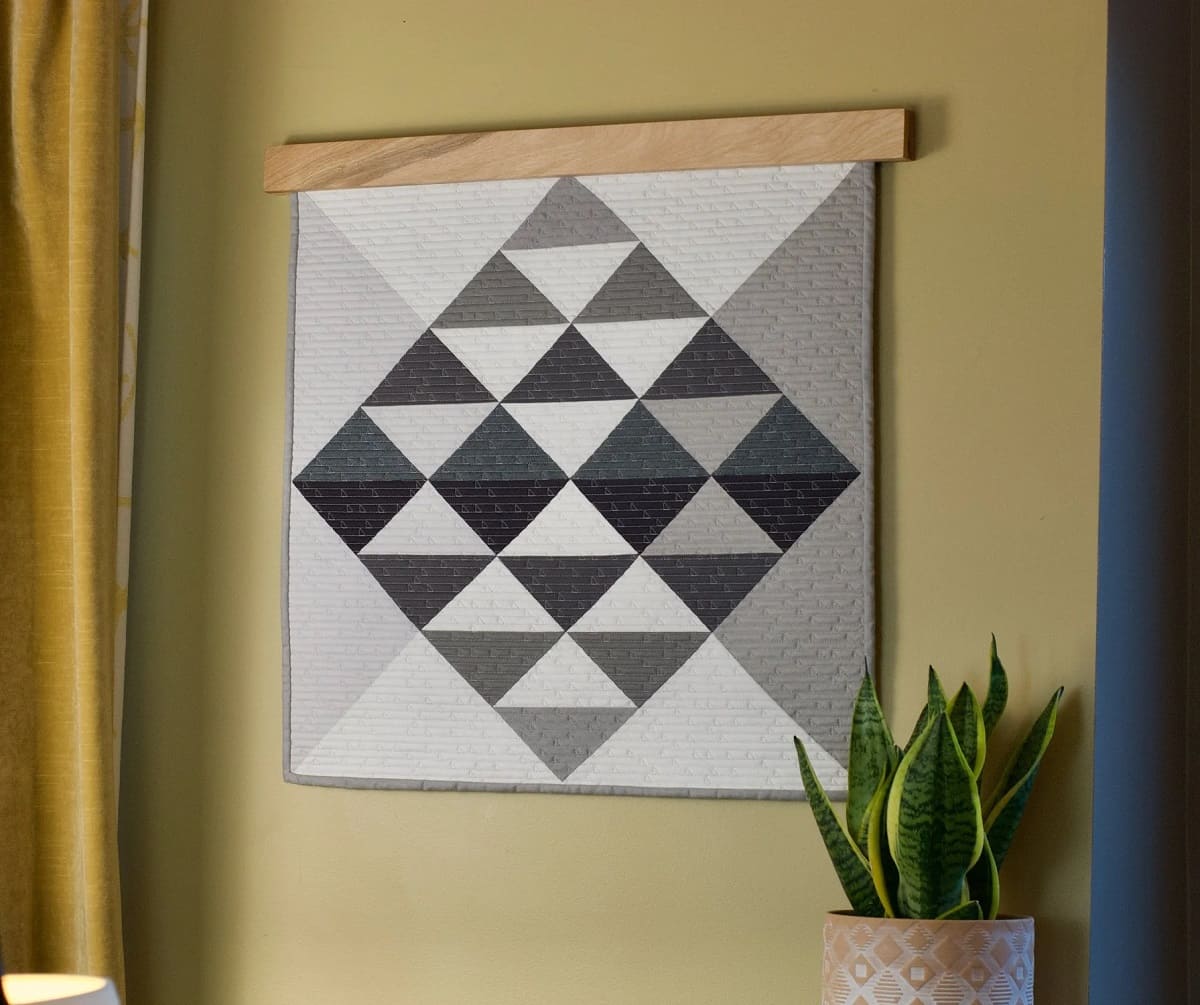

0 thoughts on “How To Make A Portrait Quilt”